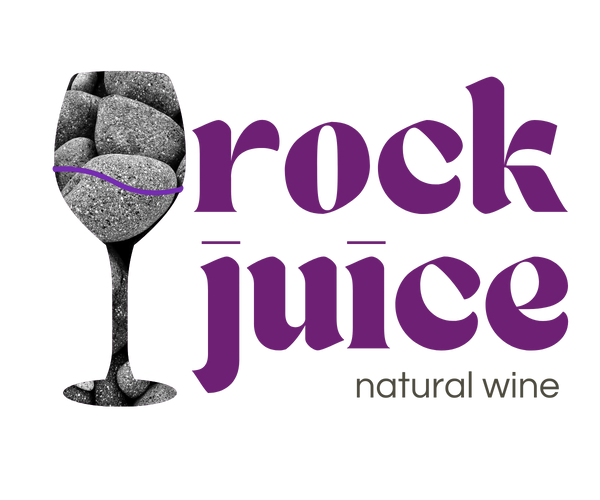2018 Cadia Verduno Pelaverga
2018 Cadia Verduno Pelaverga
Variety: Nebbiolo
Region: Langhe < Piemonte < Italy
Vineyard/cellar stats: Organic farming; soils are mixed clays with a large amount of limestone plus some sand; 8-10 day maceration to preserve freshness of fruit then fermented/aged in Slavonian oak barrels, then a year on the lees before bottling, unfined/unfiltered, with minimal added So2; 13.5% ABV; 300 cases
Winemaker: Bruno Giachino
The Cadia estate, founded in 1913 by current winemaker Bruno's great-grandpa, has vineyards on the prized southeast slope of the Monvigliero hill of Verduno, an important area thought to produce the best Nebbiolo grapes for Barolo. In the middle of this area is the Cadia hill, owned by the Giachino family since 1913, from which the estate takes its name. All of this is located within the Unesco world heritage Langhe Core Zone near Alba, overlooking the historic center of Roddi and its fourteenth-century castle. If this all sounds magical, it is. This part of Piemonte is a wine fantasy land, with rolling hills, perfectly groomed vineyards and ancient cobblestoned villages. But appearances can be deceiving, and like in many famous wine regions globally, perfectly groomed vineyards and wine tourism often mean conventional farming. So when we find small producers here working organically and with minimal intervention, making killer, classic bottles that fall on the natural spectrum, we get really excited.
Cadia, run by 3rd generation Bruno, his wife Mariella with their two children, is exactly that. Being a classic Barolo estate, they of course make Barolo. But we've got a soft spot for the underdog grape, Pelaverga, an aromatic, floral, red grown on the edge of the Barolo wine zone in Piedmont—and nowhere else in the world. There are maybe 20 hectares of Pelaverga in existence, and maybe a dozen producers, most of them in its namesake village of Verduno, making wines from the variety. Cadia's version is a pure joy to drink, even if it’s a little hard to pin down. A cool climate red that reminds us of Trousseau from Jura or Cru Beaujolais in France, or maybe St. Laurent from Austria, this Pelaverga is floral, almost like a lighter version of Nebbiolo, with dusty rose, raspberry and a spice thing (white pepper?) on the finish. And it is versatile, making a perfect, classic pairing for all sorts of pasta or light meat dishes, or a cheese/salumi board, but also can be chilled slightly and enjoyed on its own, before or after the main event.
Couldn't load pickup availability


